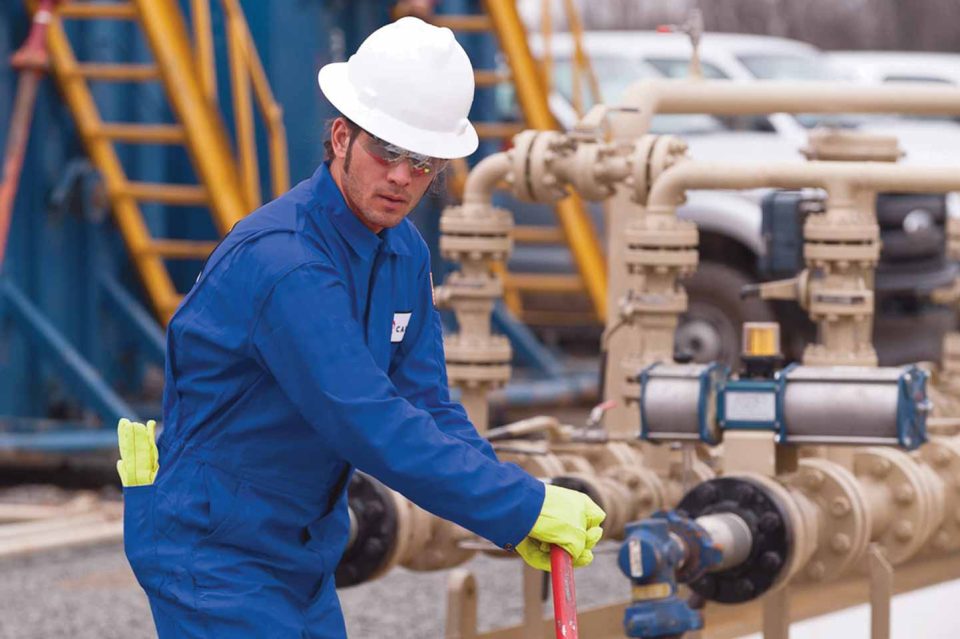Piping systems play a crucial role in transporting and processing raw materials and products efficiently in the petrochemical industry. However, ensuring the safety of these systems is challenging due to various complexities such as mechanical failures, corrosion from environmental exposure, excavation damage, and inherent design flaws. These issues are further exacerbated by stringent regulatory frameworks, limited budgets, a shortage of skilled personnel, and similar constraints.
According to OSHA, the primary causes of fatalities while working in processing plants within the petrochemical sector are Falls, Caught-In or -Between, Struck-By, and Electrocution. To mitigate these risks, it is crucial to cultivate a strong safety culture among personnel. This involves comprehensive understanding and rigorous implementation of safety protocols, such as isolating energy before entering a work area and using devices like a spectacle blind to block off sections of piping, maintaining a safe and incident-free environment.
Improving safety training and awareness is a key area for many organizations. By enhancing training programs and focusing on thorough education, companies can effectively prevent incidents and minimize risks. This proactive approach helps avoid accidents and fosters a safety-first mindset, emphasizing environmental stewardship and proactive risk management.
Adhering to strict safety standards is also vital. Implementing OSHA-compliant devices and ensuring that safety equipment is consistently updated are essential steps in maintaining mechanical integrity and operational safety, which are critical components of a reliable safety framework.
The use of innovative digital tools is also transforming the industry. Digital notifications, QR codes, and interactive questionnaires have shown promise in boosting employee engagement and public awareness. This not only makes safety procedures more efficient but also enhances the ability to collect vital feedback for continuous improvement.
Another valuable tool is conducting Pipeline Safety Cultural Assessments. These assessments help organizations identify areas where practices may be lacking internally. By pinpointing specific safety concerns, companies can prioritize and address potential issues more effectively, ensuring that robust safety measures are in place.
Lastly, a robust Safety Management System is essential. By prioritizing data-driven insights, companies can prevent future incidents and maintain high safety standards. Safety Management Systems ensure compliance with the latest regulations and industry standards, ultimately supporting a culture of safety.
For further details on enhancing pipeline safety and the available tools, please refer to the accompanying resource.

